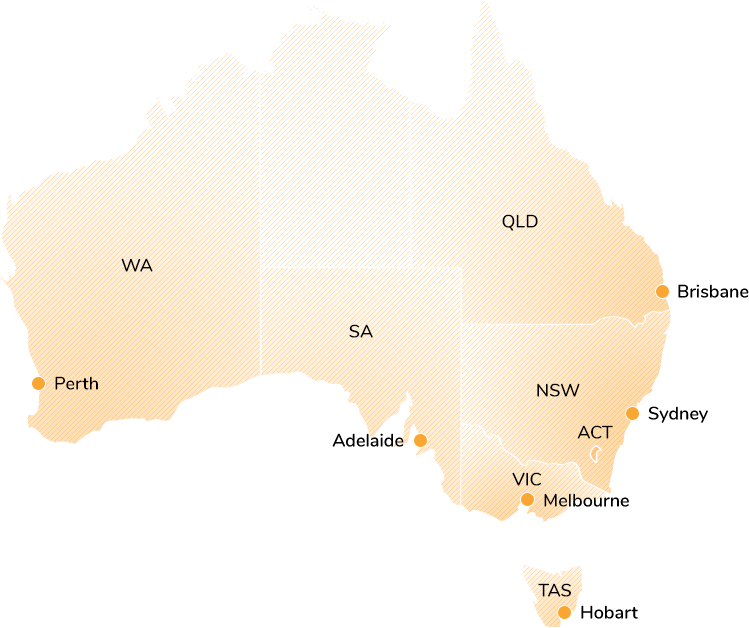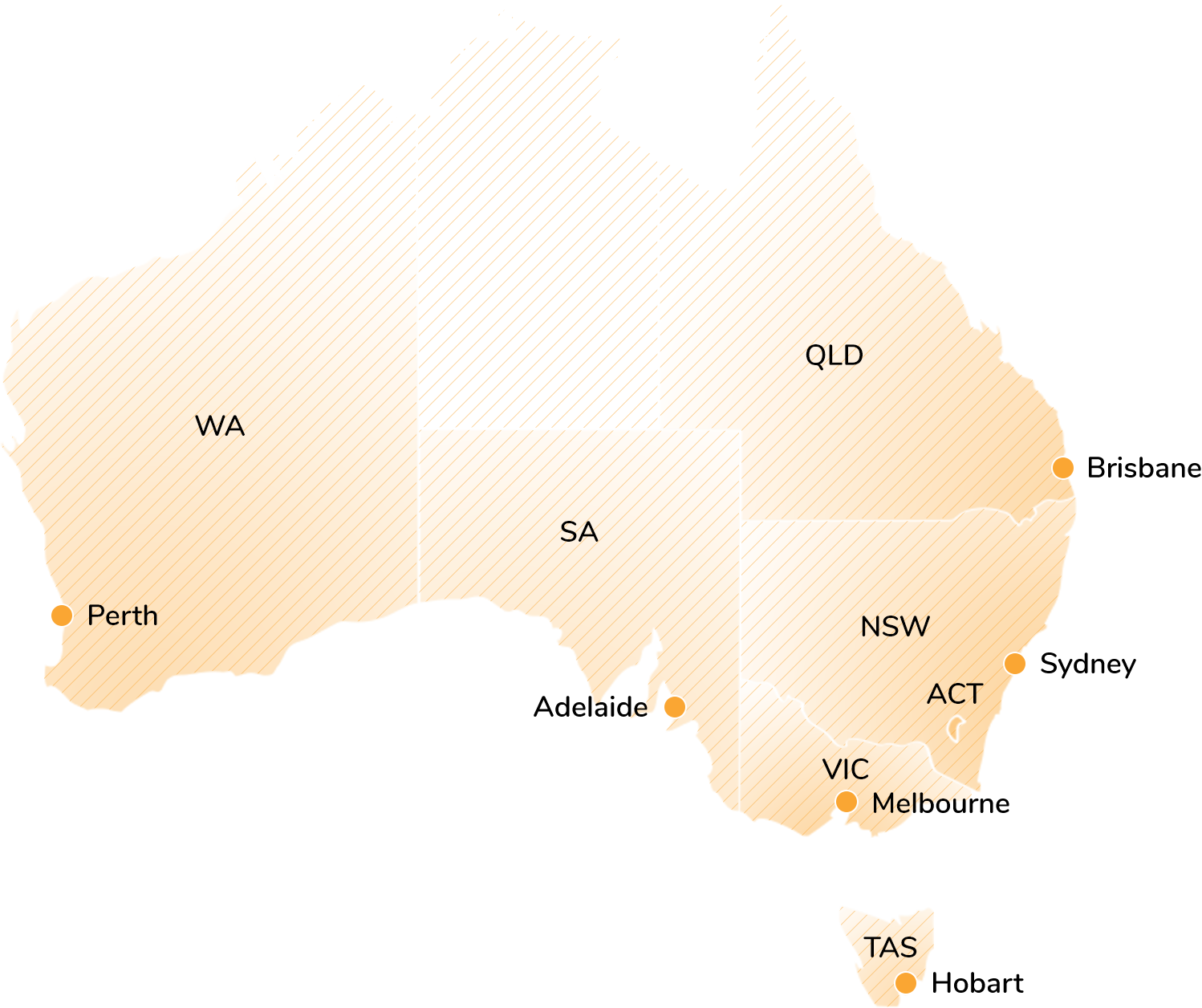6 Things that make a Positive Behaviour Support Plan Great

Starting out as a Behaviour Clinician (Program Officer) in 1987, I have seen a wide variety of Behaviour Support Plans. Way back then the training was called the "Program Officers Course." The course was only open to nurses with Mental Retardation, Psychiatric, or Geriatric registration by the NSW Health Commission. It required attending 12 weeeks of training, living-in at Stockton Hospital and staying in the Nurses Home, Monday to Friday.
Since this time, I have seen a wide variety of Behaviour Support Plans. Here is a list of 6 things I believe make a Behaviour Support Plan great.
1. Empowerment at every stage
It should be developed involving those people who know the client and who will be the ones to carry out the strategies. This can also include the person themselves. I know what a fantastic feeling it is when the person themselves takes ownership and attempts the strategies. For example, removing themselves from the environment or situation that is making them anxious or angry and going to their bedroom to attempt relaxation or similar strategies. I remember how excited one of the psychologists on my team was when the client she had been working with independently took himself to his bedroom, took off his shoes and lay on his bed.
2. Streamlined data collection
It is important to observe and measure the behaviour, and identify what causes and contributes to the behaviour. This can be done by completing a functional analysis, through interviewing the person themselves or those who know that person well across all environments. It also includes direct observations or the use of video or collecting good data, such as ABC data (best when specifically designed to collect data relevant to the person and relatively easy for those completing), followed by a thorough data and incident report analysis.
Sometimes family and support workers may struggle to provide an objective description of the behaviour of concern. A Behaviour Practioner can bring a fresh pair of eyes, notice different things, make sense of the behaviour and how to support the person to grow beyond it.
If available, previous reports and plans, as well as details of tried strategies will prove invaluable.
3. Lots of Proactive Strategies
It’s really important to identify activities across a number of domains that the person finds reinforcing. Here it can be beneficial to allow the person to experience a number of new activities over time to assist in building up a good reinforcement inventory. Along with this, you will also need to identify the things that the person dislikes.
A good behaviour support plan contains a range of strategies which not only focus on managing the challenging behaviour(s) (reactive strategies) but also on ways to ensure the person has access to things that are important to them (proactive strategies).
Proactive strategies are intended to make sure the person has got what they need and want on a day to day basis and also includes ways to teach appropriate communication and life skills. An assessment from an occupational therapist or speech pathologist can help. E.g. If a client isn’t considered safe to have open access to knives, schedule supervised times when the person can make a sandwich or assist with the preparation of the evening meal.
4. Reactive strategies that work
Reactive strategies are designed to keep the person and those around them safe from harm. They provide a way to react quickly to a situation where a person is anxious or distressed and more likely to display challenging behaviour.
A good positive behaviour support plan should have more proactive strategies than reactive ones. As a rule of thumb, one quarter reactive and three quarters proactive.
5. Easy to understand and follow
Make sure that the plan is written clearly and in language that staff or family members will be able to understand and follow. Ensure that everyone involved in supporting the plan are on board and that they are able to carry out the strategies.This could involve formalised training, ‘on the job’ training and reliability checks.
6. Celebrate ‘buy-in’ and small wins
Don’t expect to get it right the first time. The plan will need ongoing review and will continue to evolve.
Signs of success include:
- ‘buy-in’ from staff or family
- confidence in carrying out strategies
- collection of data
- a genuine pleasure in seeing the client experience and learn
- a reduction in the need for the person to engage in challenging behaviour, and
- the person is able to grow, participate more and enjoy more of their life
At Ability Consultants, we celebrate success for our clients and those supporting them. We are passionate about providing person-centred services that don’t feel like a formula. In my next blog article, I will explore more on this and discuss a “day in the life” of an Ability Consultant.
Jane Pfaff.
Senior Project Officer
Jane leads high performing teams. She provides supervision and support to team members, helping them achieve their potential, and deliver excellent client outcomes. Jane is passionate about building healthy human connections and a strong social fabric--this is where real positive changes start to happen.





